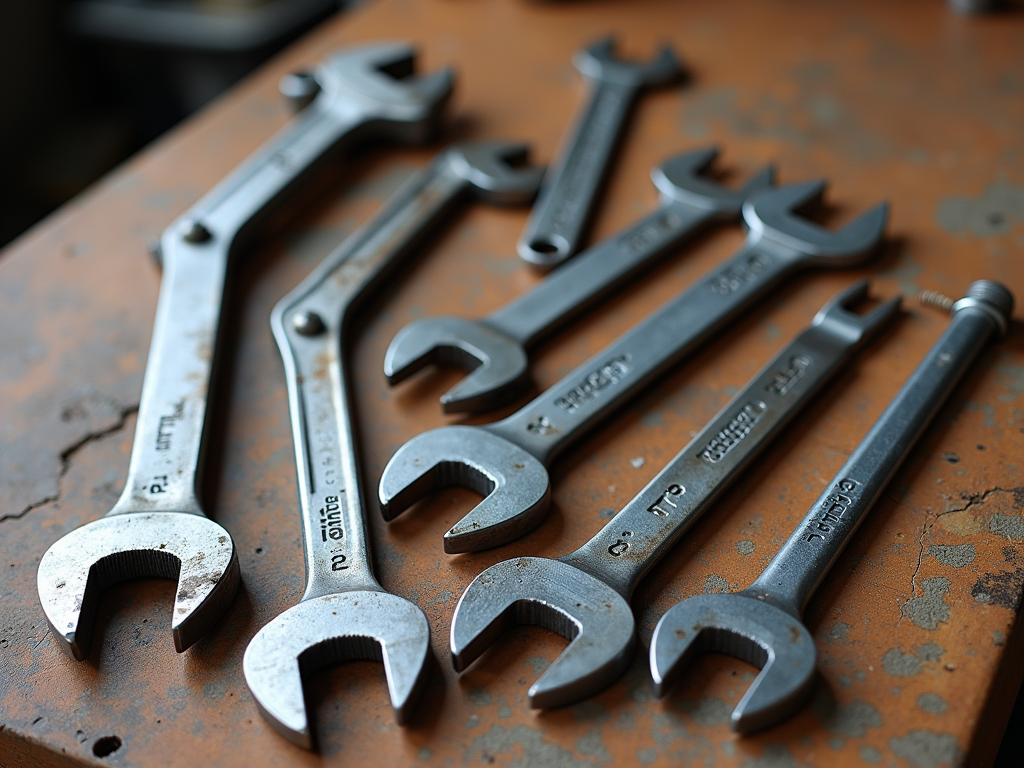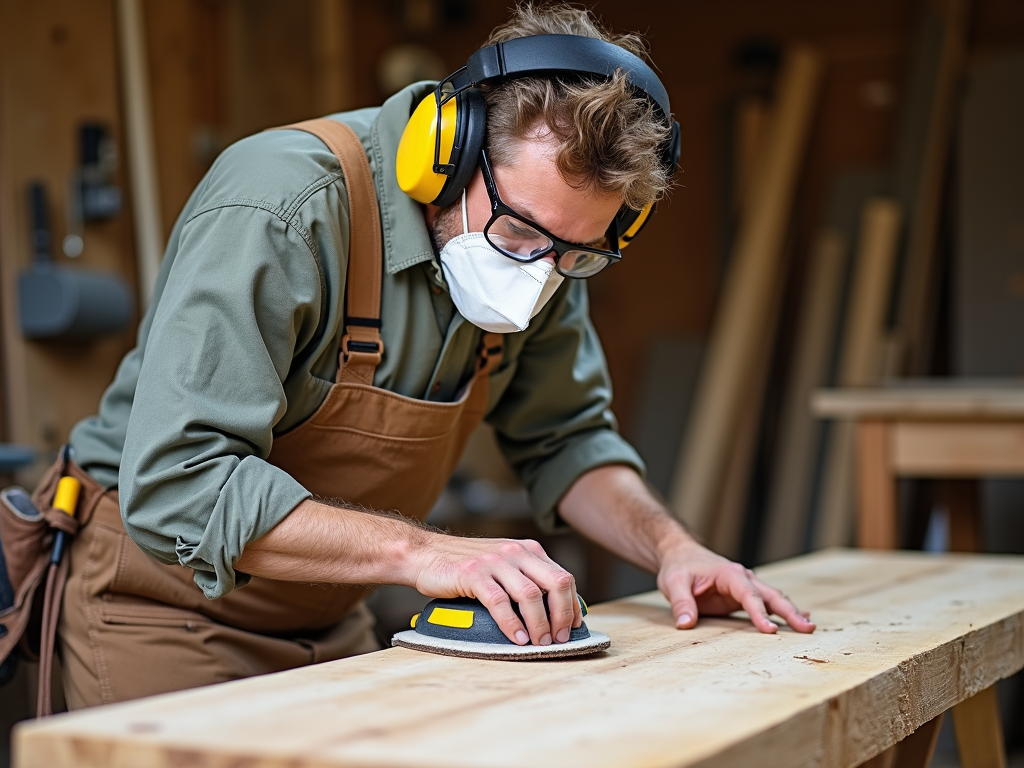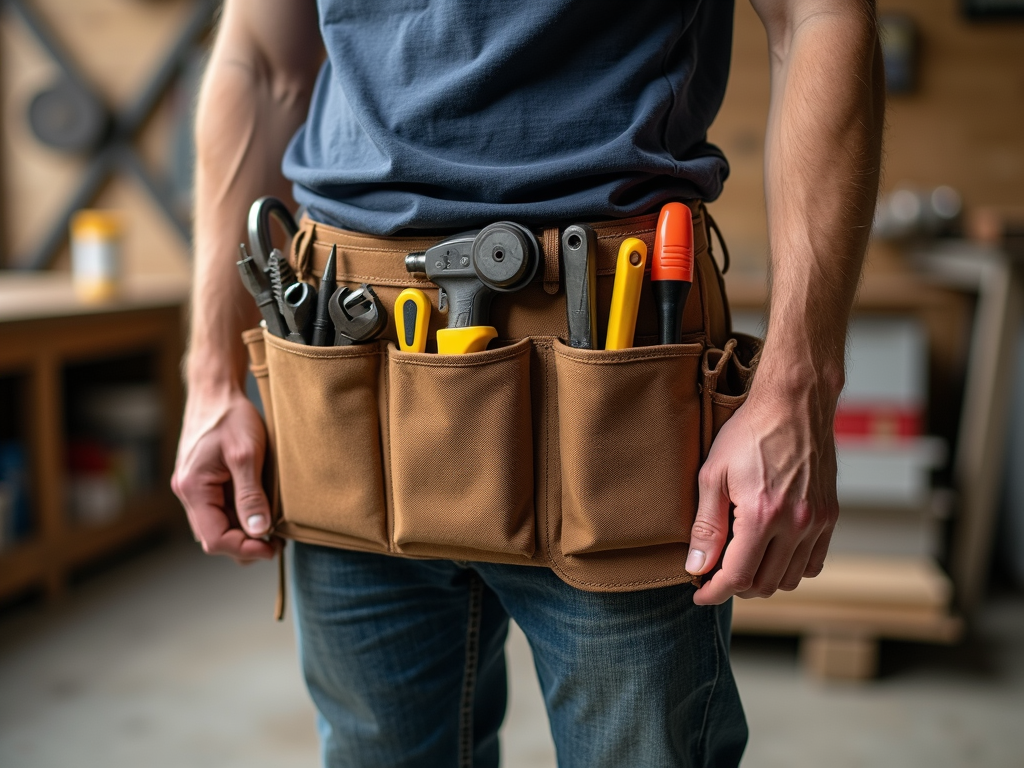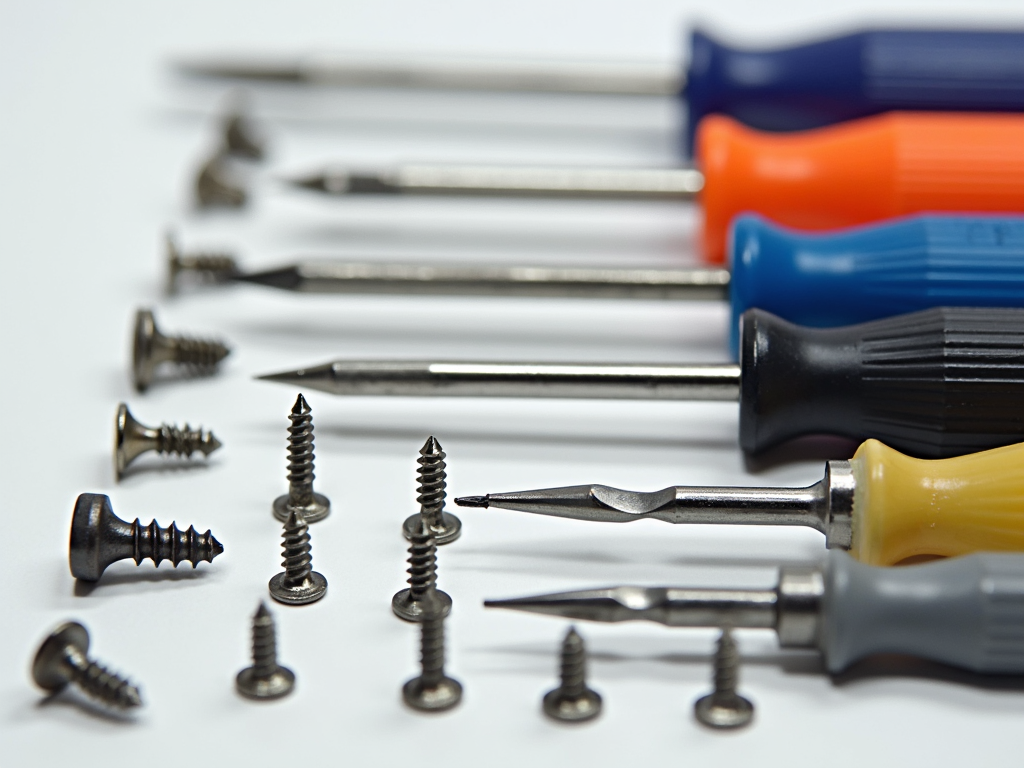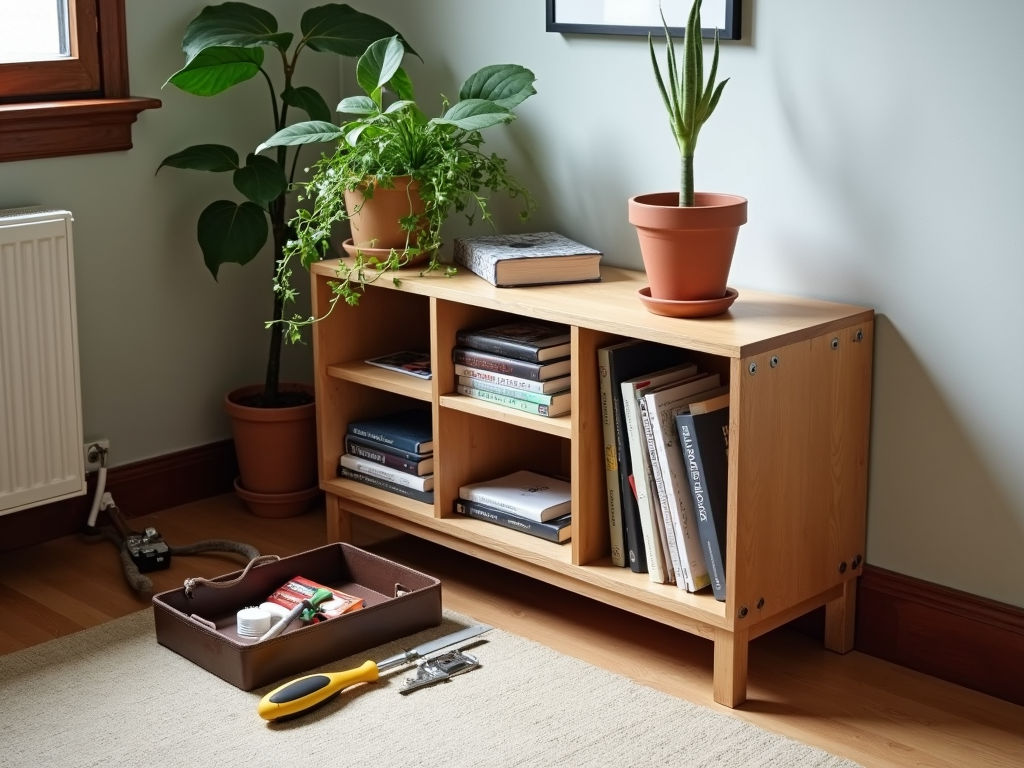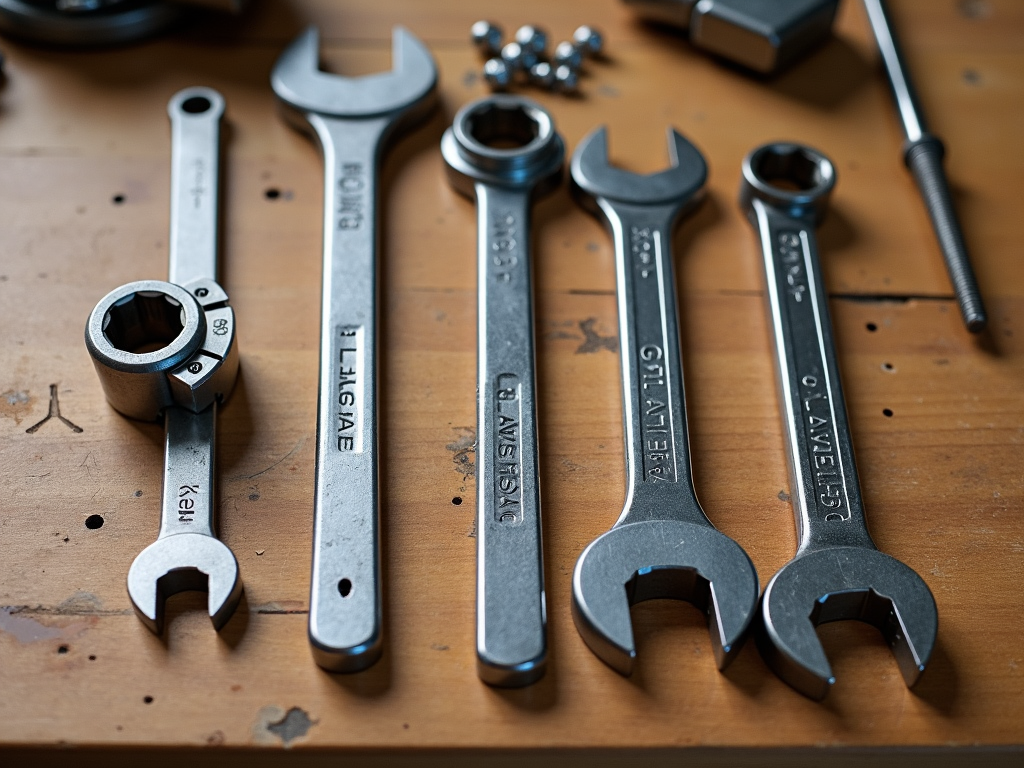Choosing the right tools can keep you safe and make your work easier. In jobs like construction or carpentry, where you use your hands a lot, smart tool choices help prevent injuries. This article looks at how tools, especially hammers, affect your health and work. Let’s explore why this matters.
Tools are like an extra part of your body. If they’re hard to use, they can hurt you over time. Badly designed tools might make your wrists ache or tire you out fast. By picking tools that fit you well, like ergonomic hammers, you can stay healthy and get more done.
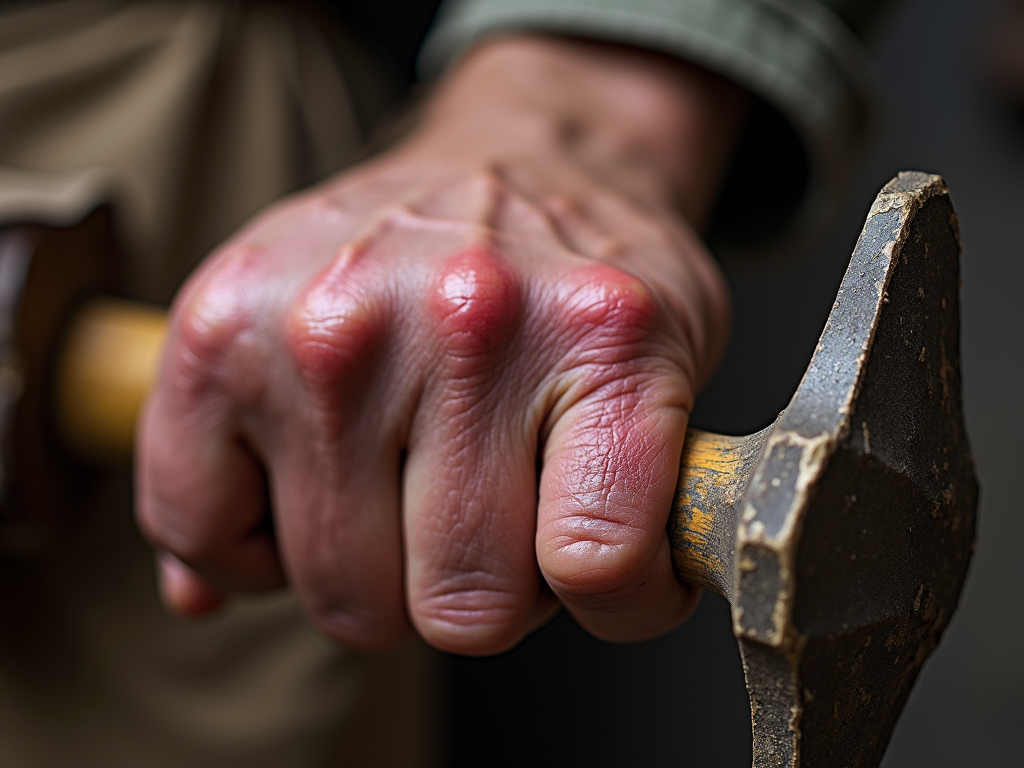
How Tool Design Impacts Worker Health and Efficiency
The way a tool is made changes how much effort you need to use it. Tools that don’t match your body can force you into uncomfortable positions or make you push too hard. This can lead to pain in your muscles or joints. The Occupational Safety and Health Administration (OSHA) says these kinds of injuries happen to about one in three workers in the U.S.
Take hammers, for example. A heavy one with a bad grip can hurt your wrist or shoulder. But a hammer with a comfy handle and the right weight cuts down on strain and helps you work faster.
Good tools also save time. When they match how your body moves, you don’t get tired as quick. You finish tasks with less struggle, and you’re less likely to mess up because you’re worn out.
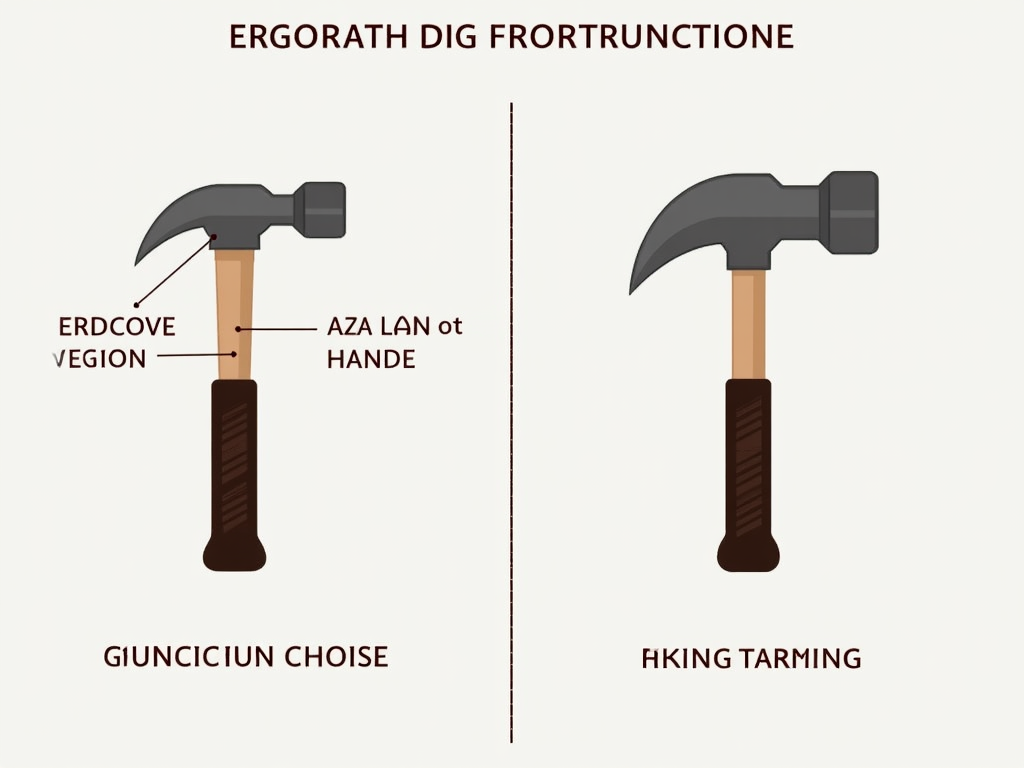
Understanding Hammer Dynamics and Ergonomics
Hammers are everywhere in hands-on jobs, but they can cause trouble if you pick the wrong one. Knowing how a hammer works—like how it swings and hits—helps you choose wisely.
A hammer’s weight and balance matter a lot. Too light, and you’re swinging it over and over, which can wear out your arm. Too heavy, and your muscles get sore fast. Ergonomics fixes this. It’s about making tools that feel good to use. Look for hammers with: - Curved handles that fit your hand naturally. - Soft grips that soak up the shock. - Even weight so your wrist doesn’t twist.
The National Institute for Occupational Safety and Health (NIOSH) found that ergonomic tools lower injury risks by up to 30% in jobs like these.
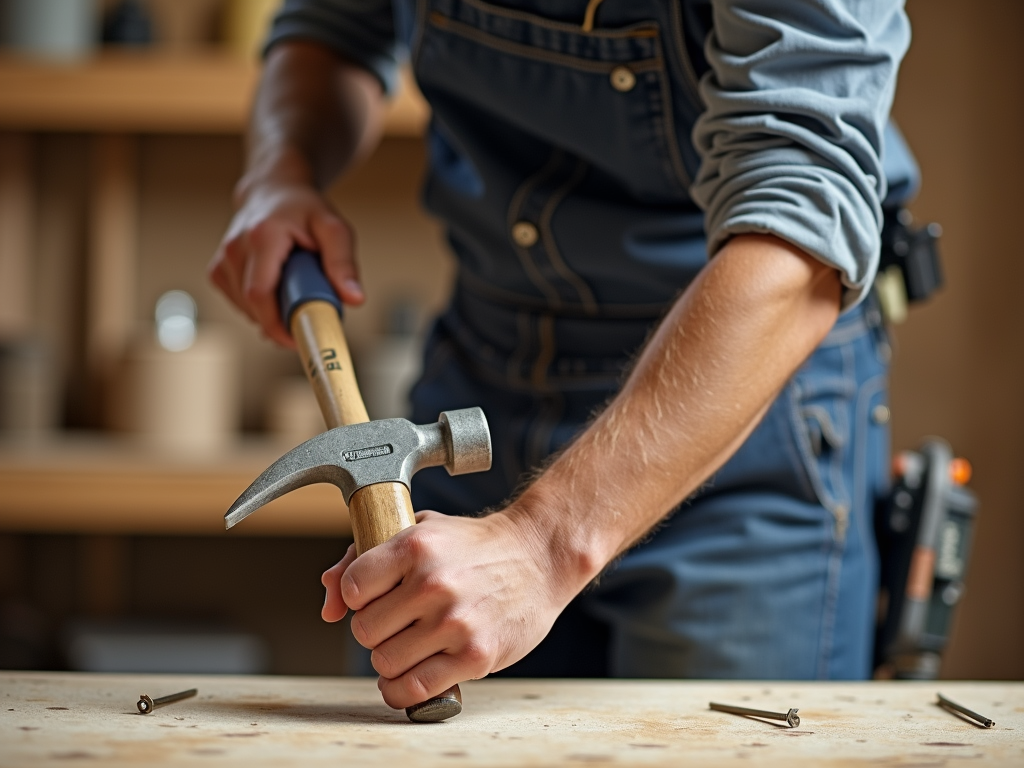
A Lesson from My Own Hands
A few years back, I was nailing boards for a friend’s porch. We used an old hammer with a slick, straight handle. After an hour, my wrist was throbbing, and my hand kept slipping. Then I borrowed a newer hammer with a rubber grip and a slight curve. Suddenly, every hit felt smoother, and my arm didn’t ache. By the end, I wasn’t exhausted.
That day stuck with me. A small switch made work easier and saved me from pain. It’s proof that the right tool isn’t just nice to have—it’s a must for staying healthy.
Tips for Picking the Best Workman Tools
Here’s how to choose tools like hammers that keep you safe: 1. Feel the grip: Hold it. Does it fit your hand without pinching? 2. Test the weight: Can you swing it without straining? 3. Check for padding: Look for shock-absorbing features. 4. Match the job: Use a big hammer for tough tasks, a small one for fine work.
Keep your tools in good shape, too. A cracked handle or loose head can hurt you. Check them often and replace anything worn out.
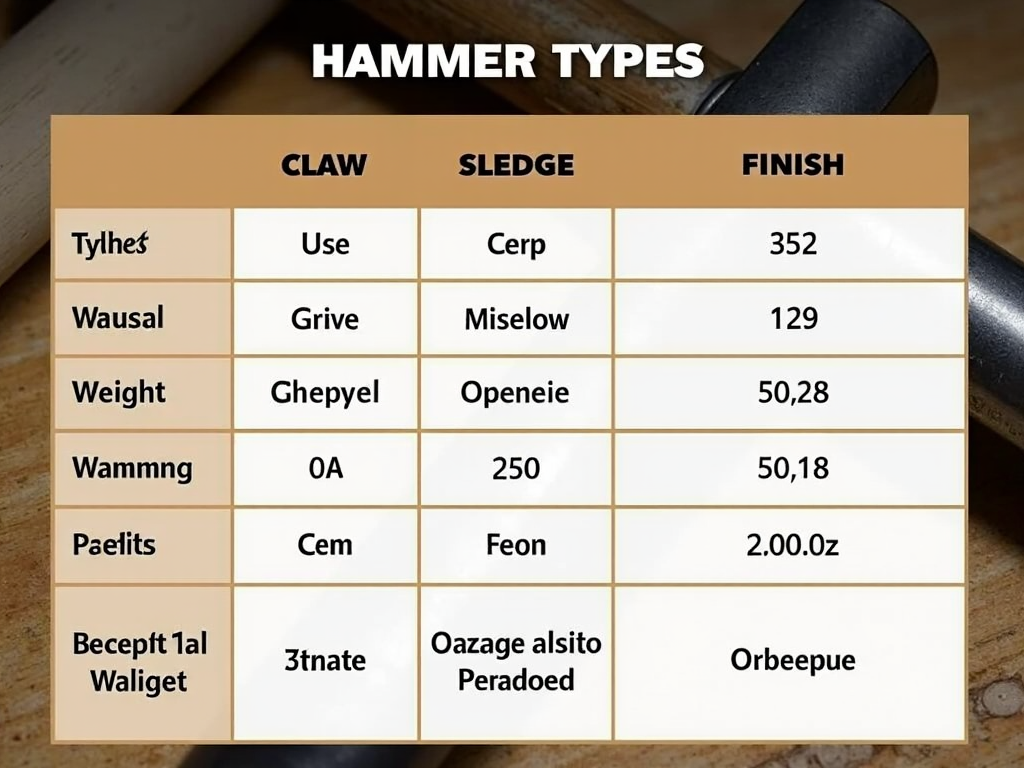
Why It’s Bigger Than Just You
Picking smart tools helps everyone at work. When you’re not tired or hurting, you do better and stay sharp. That means fewer mistakes or accidents. In busy places like building sites, this is huge.
Companies win, too. Workplaces that use ergonomic tools see fewer injuries. A study from the Washington State Department of Labor & Industries showed that better tools cut injury rates in half in some jobs. Less pain means less time off and lower costs.

Wrapping It Up: Work Safe, Work Smart
Preventing injuries with smart tool choices is simple but powerful. Good design—like in hammers—keeps your body strong and your work smooth. Pick tools that feel right, learn to use them well, and you’ll stay safe.
Invest in tools that care for you as much as you care for your work. It’s a small step with big rewards.
Related Preventing Injuries with Smart Tool Choices:
- Hammer Basics: Design and Safety Tips
- Types of Wrenches for Different Jobs: A Comprehensive Guide
- Beginner’s Guide to Woodworking Safety
- Revolutionizing Industry: Advanced Electrical Tools for Automation
- The Ultimate Guide to Hand Tools
- Must-Have Wrenches for Every Toolbox
- Upgrading Your Home’s Electrical System
- Screwdriver Safety Tips for Beginners: Essential Guide for Safe Tool Use
- DIY Projects for Beginners: A Guide to Getting Started and Maintaining Your Tools
- How to Use Wrenches Safely: A Comprehensive Guide
- The Science Behind Power Washers: How They Work
- Top Workman Tools: Brands You Need to Know

